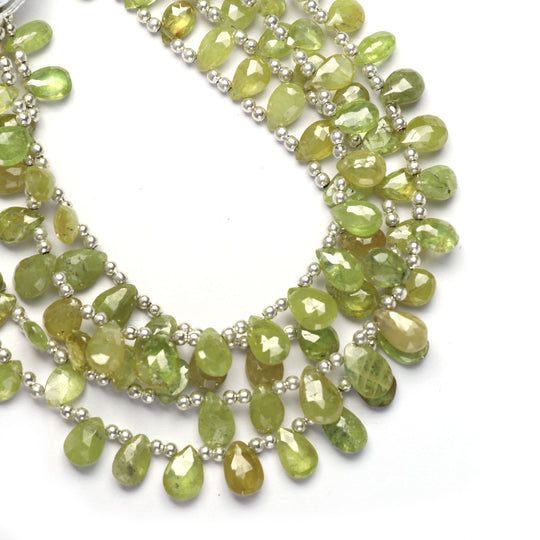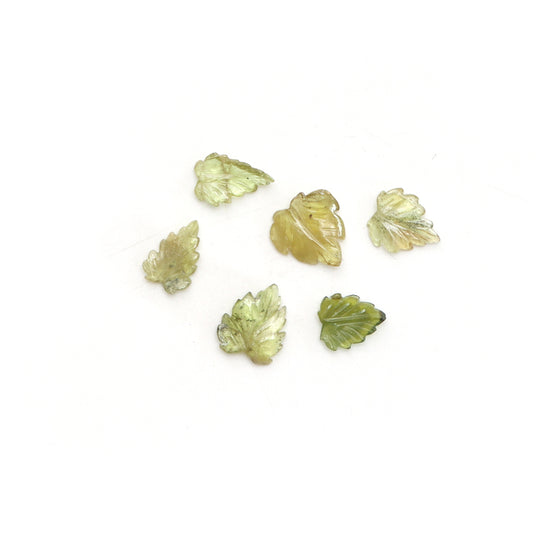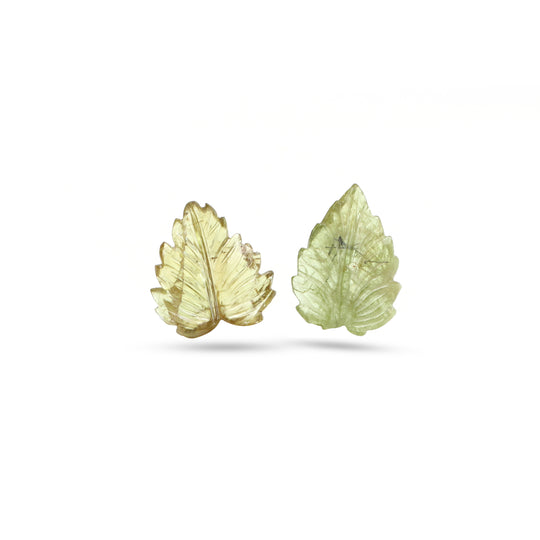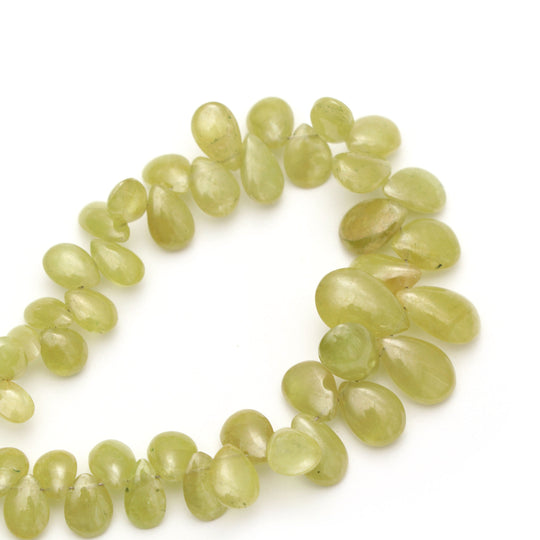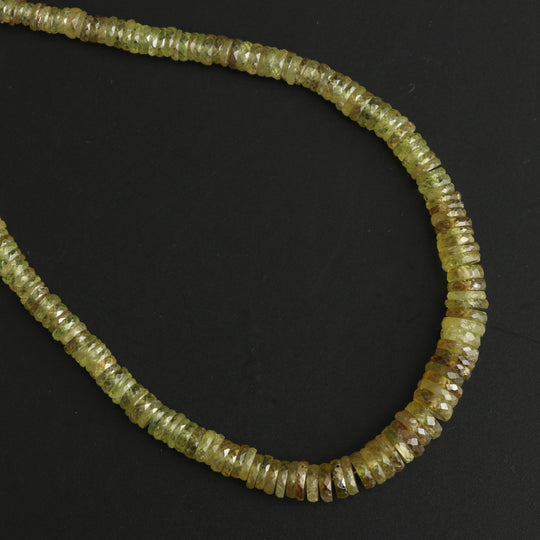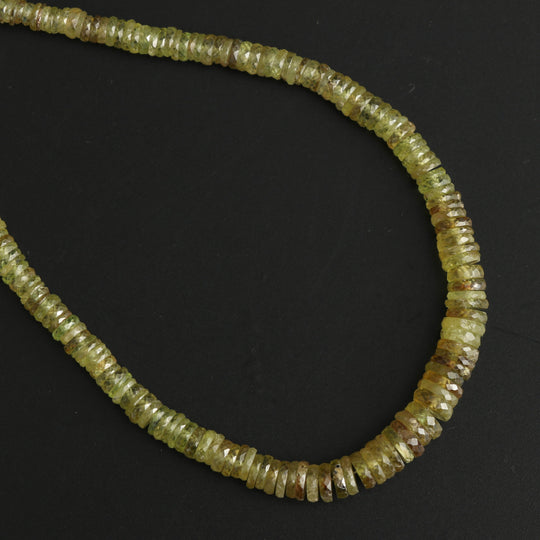Sphene gemstone
Sphene, also known as titanite, is a vibrant gemstone with a rich body color.
The best-faceted sphene examples have bright fire and flash three different colors, making it one of those wonderful gems that can truly mesmerize you.
When worn as jewelry, it gives a sparkling appearance. It is also well-known for its therapeutic and psychological effects.
Sphene
National Facets
$236.25
$255.15
National Facets
$257.50
$278.10
National Facets
$353.75
$382.05
National Facets
$207.50
$224.10
National Facets
$206.25
$222.75
National Facets
$87.49
$94.49
National Facets
$87.49
$94.49
National Facets
$257.50
$278.10
National Facets
$176.25
$190.35
National Facets
$75.00
$81.00
National Facets
$911.25
$984.15
National Facets
$101.25
$109.35
What is a sphene gemstone?
Sphene stone is a titanium-rich (Ti) member of the titanite mineral family.
It is the only member of this group that is regularly used as a gemstone. It is the rarest and most semi-precious stone, admired by gem collectors for its shine which is somewhat less brilliant than diamonds, and a colorful glitter that is more vibrant.
Although many gemologists refer to this stone as sphene, mineralogists officially refer to it as titanite.
Although it usually has a bright yellow-green hue, it can also be colorless or even black. However, if you turn the stone in the light, you'll notice different colors and matching dazzling rainbow glitter.
What are the types of sphene gemstones?
Usually, natural sphene gemstones have many gradations between their yellow, orange, brown, and green hues and frequently exhibit color zoning.
These common colors are produced by impurities of iron (Fe) and rare-earth elements. The unusual "chrome sphene" variant has an intense green hue due to chromium (Cr).
Moreover, it can be colorless, red, blue, or even black.
What are the properties of the sphene gemstone?
The mineral titanite, which gets its name from the titanium it contains, can be found as translucent to transparent monoclinic crystals with reddish brown, gray, yellow, green, or red colors.
These crystals frequently twin and have a sphenoid habit. Titanite has a subadamantine shine that tends somewhat toward resinousness, a hardness of 5.5, and a weak cleavage.
It has a specific gravity that ranges from 3.52 to 3.54. Also, it has a strong birefringence of 0.105 to 0.135 (biaxial positive) and a refractive index of 1.885–1.990 to 1.915–2.100.
When viewed under a microscope, this results in a distinct high relief that, combined with the mineral's common yellow-brown color and lozenge-shaped cross-section, makes it simple to identify. It doesn’t glow under ultraviolet light, due to the quenching effect of iron.
A small amount of titanite has been discovered to be metamict as a result of structural degradation brought on by the frequently high thorium content.
Healing properties of Sphene
These sphene gems offer particular healing properties based on their hue, energy, and history. Green sphene gemstones are utilized for connecting with nature, healing the heart chakra, and manifesting success.
Students or researchers are frequently recommended to use stones, which are said to improve focus, memory, and information processing.
Physical healing
Some alleged advantages of sphene include enhancing the immune system, clearing congestion, and promoting bone healing.
Emotional healing
It is believed to aid in thought organization, emotional processing, and balancing emotional extremes. Moreover, it might lessen your emotional need for a relationship if you feel unfulfilled. Instead, it promotes self-love and aids in accepting who you are.
Where is the sphene gemstone found?/big>
The main sources of this gemstone are Mexico, Canada, and Madagascar. Yellow-brown, brown, green, and dark green chrome sphenes up to 4 inches are produced in Baja California, Mexico. This could be a major sphene deposit on the planet.
What color is the sphene gemstone?
The most popular sphene colors are yellow-green, green, and brown, with green being the least common. The majority of these specimens have gradients in different colors. It can be found in a variety of colors, including cognac, yellow, brown, green, or reddish. Due to chromium being the coloring component, intense green sphene is often referred to as "chrome sphene." The most desired colors are "chrome sphene" and yellowish-green sphene. Reddish sphene, often known as "greenovite," obtains its hue from manganese impurities.
Where to buy sphene gemstones in the USA?
Natural sphene's worth varies according to its size, quality, and color. You can get a wide range of sphene gemstones for sale at nationalfacet.com for the best price available.
Check out our website to discover stunning sphene gemstones and select from a variety of shapes and designs to create your distinctive jewelry pieces.
Frequently Asked Questions
Q: Is sphene a real gemstone?
A: Yes, according to the International Gem Society, sphene is a natural real gemstone for collectors and is especially rare to find in clear stones larger than 5 carats. The size of this species commands a premium, as it does with all gemstones.
Q: What gemstone family is sphene?
A: Titanite sphene stone is a titanium-rich (Ti) member of the titanite mineral family.
It is the only member of this group that is regularly used as a gemstone.
Q: What is sphene used for?
A: These stones are more commonly used in the gem and jewel sector for their intense and vibrant color. And also used for its magical healing properties.
Q: What is sphene made of?
A: This kind of gem is a mineral composed of calcium titanium nesosilicate or CaTiSiO5. Iron and aluminum trace impurities are frequently found in this. Additionally, rare earth elements like cerium and yttrium are also frequently found. Some titanite has been discovered to be metamict because of structural degradation brought on by the frequently high thorium content.
Q: Where does Sava Sphenes come from?
A: Sava sphene is sourced from Madagascar and belongs to the titanite family, also known as titanite. Birefringence (double reflection), which occurs when light splits into two rays as it passes through the gem, is a rare property of this type of stone.
Q: How do you identify the sphene thin section?
A: We can easily identify this thin section of sphene stones with the following properties.
- Its chemical formula is CaTiO5.
- It has a monoclinic system.
- It can be brown and sometimes colorless.
- It has Adamantine and resinous luster.
- Its hardness will be 5 to 5 1/2
- Its density is 3.48 to 3.6 in.
Q: Is sphene radioactive?
A: Due to the presence of the Rare Earth Elements (REE) Cerium (Ce), Lanthanum (La), Neodymium (Nd), Praeseodymium (Pr), and Samarium, titanite may be slightly radioactive as described in 49 CFR 173.403 (more than 70 Bq/gram) (Sm).

